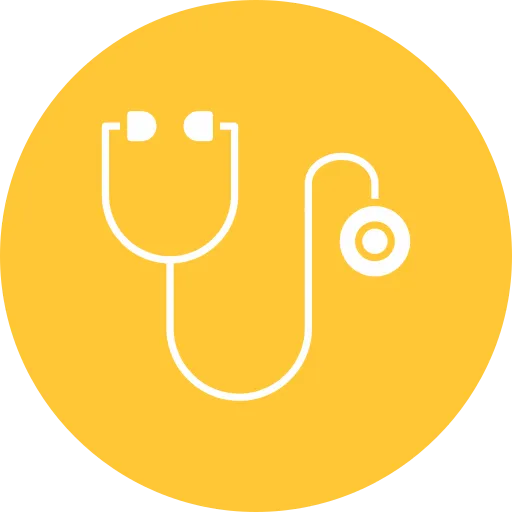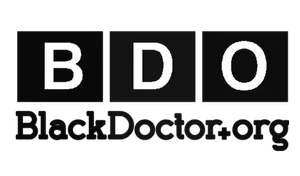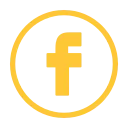
Public Speaker

Wellness Physician

Author/Writer

Interview

Media

Contact

Public Speaker

Wellness Physician

Author/Writer

Interview

Media

Contact
100 Most Influential People in the World.
Cheryl BryantBruce M.D
Cheryl BryantBruce, M.D. is a concierge physician who specializes in integrative wellness management and longevity medicine. Dr. BryantBruce has been recognized in Time Magazine’s “100 Most Influential People in the World.” She is President/CEO and Medical Director of Cheryl BryantBruce, M.D. aka, Elite Personal Physician Services. Dr. BryantBruce is a gifted international speaker and author, who travels the world over. Currently, Cheryl BryantBruce, M.D. serves as the Physician Liaison to the HealthCare Provider Network Alliance, a collective of health care providers working together, using health metrics, nutritional therapies and public education, to change lives by health optimization.
AS SEEN ON










Vision Statement
Why do I do what I do? Because I have a sincere desire to change the world…And a real belief that it can be changed and that I can be an instrument of that change. I do believe in a world where we can all march to the beat of a different drummer, yet dance together to the same tunes. I believe all races, all ages, all religions, all sexual preferences, all political preferences, all genders, and all abilities can unite together under the banner of our similarities rather than be torn asunder by our incessant focus on the divisiveness of our differences. I believe, if I can help people find their way to a life of balanced abundance, no matter what their situation or position in life, each will be too busy living inside of their own positivity to dwell on negativity. Such positivity IS contagious and soon the whole world will be infected. Why? Because I BELIEVE!
Vision Statement
Why do I do what I do? Because I have a sincere desire to change the world…And a real belief that it can be changed and that I can be an instrument of that change. I do believe in a world where we can all march to the beat of a different drummer, yet dance together to the same tunes. I believe all races, all ages, all religions, all sexual preferences, all political preferences, all genders, and all abilities can unite together under the banner of our similarities rather than be torn asunder by our incessant focus on the divisiveness of our differences. I believe, if I can help people find their way to a life of balanced abundance, no matter what their situation or position in life, each will be too busy living inside of their own positivity to dwell on negativity. Such positivity IS contagious and soon the whole world will be infected. Why? Because I BELIEVE!
TESTIMONIALS
Cheryl is a wonderful Healer. She uses many techniques when treating people. She always knows the Best Remedies for treating different Illnesses. She is very dedicated to her Passion of Medical Treatments. of balanced abundance, no matter what their situation or position in life, each will be too busy living inside of their own positivity to dwell on negativity. Such positivity IS contagious and soon the whole world will be infected. Why? Because I BELIEVE!
Arlene Spring
Business Owner: Photographer, Simcha_Designs,
Angels.Always.Watching, Trendy-Palm Spring
TESTIMONIALS
Dr. BryantBruce commands expertise in so many areas of the medical profession and generously shares her compassion for others with true dedication. She has an amazing source of energy and stamina that few can match. Whether as a physician, motivational speaker, health coach, or business consultant, anyone considering her services will be impressed with the value provided, as she always delivers 150%
Randy Wong
M.D., FACS, Chief Surgeon, Honolulu Plastic Surgery
TESTIMONIALS
Dr. Cheryl BryantBruce is a wonderful collaborator. She is a leader, as well as, a creative person. I would recommend her as a physician, a business person, a host and producer, and as a compassionate individual. She is also one of the busiest people that I know. Catch her while you can.
Dr. Judea Castillo-Winter
TESTIMONIALS
Cheryl BryantBruce, M.D. “The Celebrity Doc” is an exceptional doctor and I would recommend her to anyone who wants that one-on-one personal service from a physician. she will come to your door anytime of day or night. I can always count on her too be there for me! Her services are very professional and she is an expert in the field of medicine today.
Jeanine Mercer
Owner at Mercer & Associates, LLC
TESTIMONIALS
Cheryl’s professionalism is matched only by her compassion. Her credentials as a physician stand alone, her willingness to collaborate stands out, and her desire to stand up for those who are in need shows how extraordinary she truly is.
David Winter
News Anchor ABC Fox, Montana
TESTIMONIALS
Dr. BryantBruce is a one of kind compassionate, forward thinking, Medical Doctor who truly pioneered Concierge’s and Integrative Medicine. She balances her knowledge of Allopathic Medicine with natural therapies to truly bring healing and empowerment to her patients. We have the utmost respect for as a person and as a professional!
Kil-Young Yu
ColleagueTeam Acupuncturist at Golden State Warriors
TESTIMONIALS
I highly recommend my friend, Doctor Cheryl Bryant-Bruce as one of the most caring, attentive and personable concierge physicians I’ve ever encountered. She is knowledgeable in the healing arts and helpful above and beyond any other medical professionals I know.
Bonnie Maffei
Judge at 2019 Electric City Film Schenectady Screenplay Contest
About Dr. Cheryl....Public Speaker....Wellness Physician....Author/Writer....Interview....Media....Lifestyle....Donate....Contact Us
Contact
6935 N Aliante Pkwy, Ste 104, PMB 310
North Las Vegas, NV 89084
(310)560-1817
(310)943-2897
Recent From Blog
Top 10 Speakers of 2023
Affairs of the Heart
On Becoming
COPYRIGHT © 2024....|...Cheryl Bryant Bruce M.D....|...ALL RIGHTS RESERVED
TERMS AND CONDITIONS...|..PRIVACY POLICY







